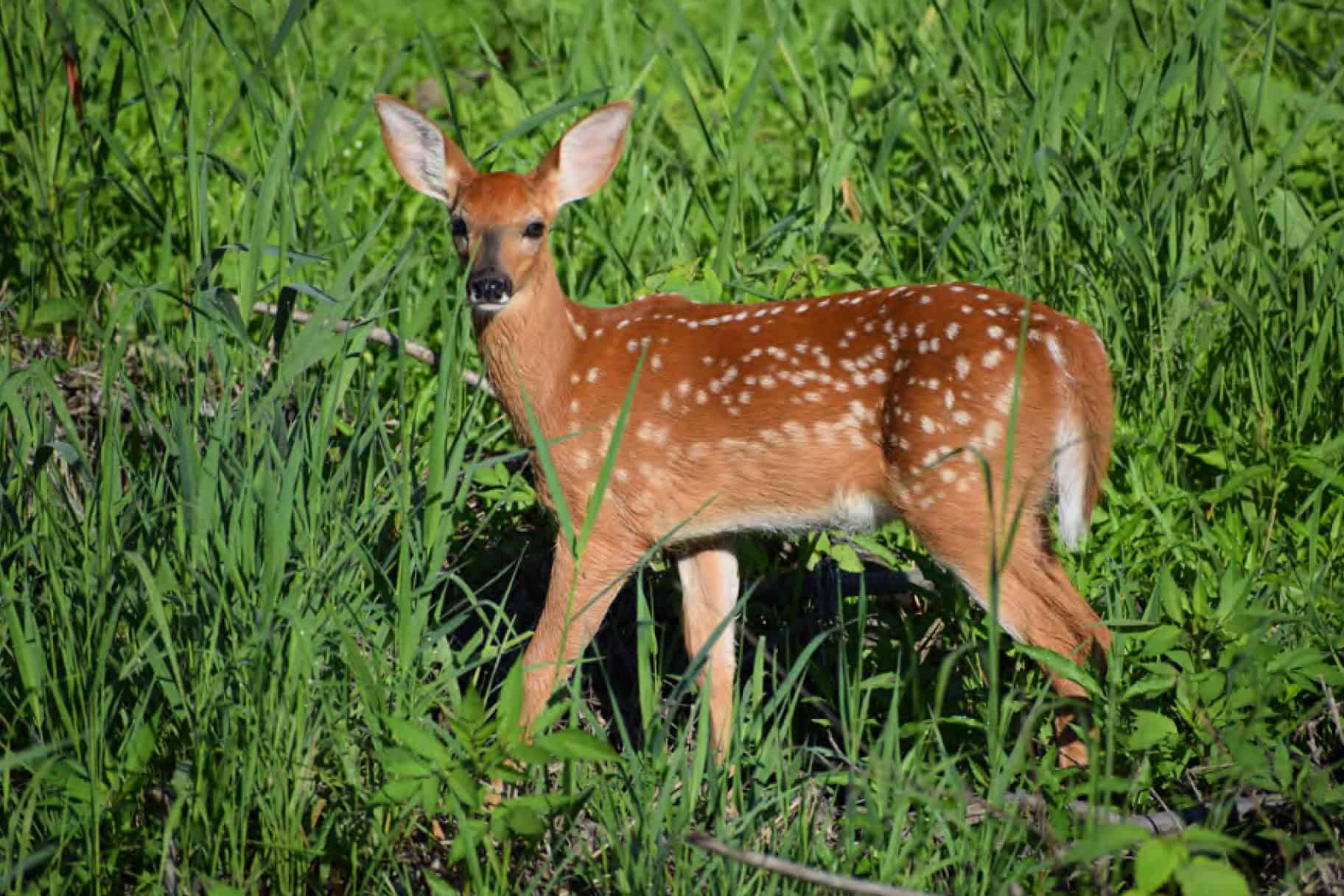Resident concerned about missing fawns after fence goes up at a conservation area in Mississauga
Published June 7, 2023 at 3:53 pm

A Mississauga resident is voicing her concerns about missing fawns in a conservation area.
Resident Karen Allin says she believes a deer fence installed at Rattray Marsh in the summer of 2022 is impacting the deer population.
Allin tells insauga.com that she saw six fawns in May and June 2022 in the marsh. One was injured in a coyote attack and taken to a rehabilitation centre. But she believes the other five were attacked and killed.
Around this time (from mid-June to September 2022) the Credit Valley Conservation Authority was installing deer fencing to protect seedling ash trees. Allin believes the fencing is impacting the deer population in the marsh.
Fawns stay with their mother for up to a year, and Allin has seen the adult deer without their fawns, she says. The only change in the park was the fencing, she says.
She thinks the most likely explanation for the disappearance of the fawns is that the fencing helped coyotes ambush the young deer.
“Protecting the saplings should not come at the expense of the deer,” Allin says.
But Kate Hayes, senior manager of Ecosystem Restoration and Stewardship for Credit Valley Conservation says there is no evidence of this.
“We don’t monitor the deer population at Rattray Marsh,” Hayes tells insauga.com. “We certainly don’t have any evidence that would suggest animal impacts or death of fawns.”
She adds that the CVC has wildlife cameras set up along the fencing and monitors it regularly.
Hayes says the exclusion fencing, located in 16 areas around the marsh, is to keep the deer out as they eat small trees and brush. This is part of the efforts to add a variety of native trees and shrubs species that are appropriate for the habitat conditions at Rattray Marsh Conservation Area after the Emerald Ash Borer killed ash trees.
And so far the fencing appears to be working, she says.
“We’re seeing much higher survival rates for the trees and shrubs within the fenced-off areas versus those outside of it,” Hayes says.
The research on the fencing was based on consultations with Dawn Bazely, a York University professor, biologists with the Ministry of Natural Resources and Forestry, and the CVC consulted studies such as the Deer-Forest Study from Penn State University.
“It’s a widely accepted technique (deer fencing) and it’s proven effective,” Hayes says.
The CVC plans to keep the fencing up for about five years or until the trees are large enough to survive.
Allin collected 220 signatures on a petition asking that the fencing be removed. The signatures were collected in under a week and only from people walking through the marsh.
She also made a delegation to the CVC at the April 14 board meeting.
There are no plans to remove the fencing but the CVC will continue to monitor the situation.
Editors Note: This story was changed on June 12, to correct an error. The CVC is not replacing the ash trees, rather they are adding a variety of native trees and shrubs species that are appropriate for the habitat conditions at Rattray Marsh Conservation Area.
insauga's Editorial Standards and Policies advertising





